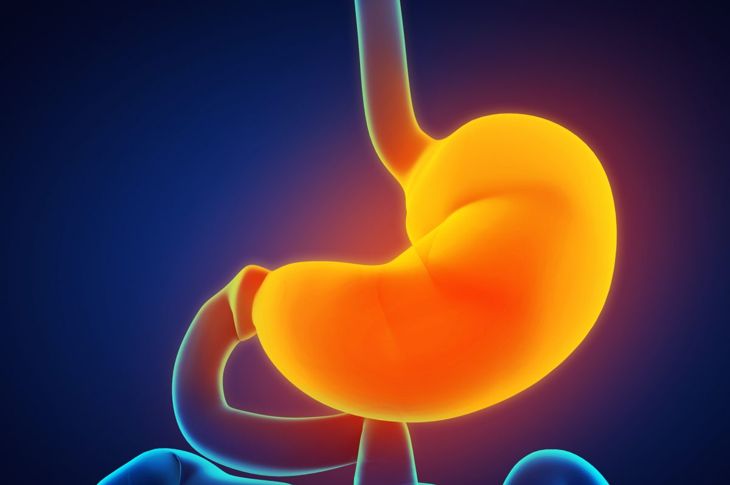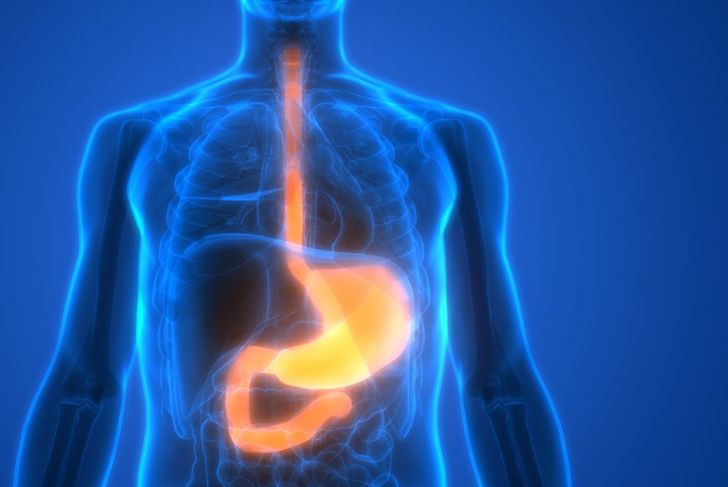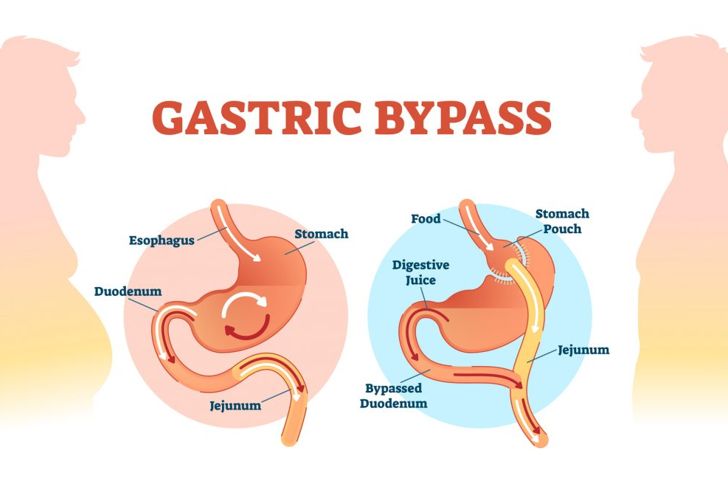Dumping syndrome occurs when the stomach empties food into the small bowel at a faster rate than normal. Another name for this is rapid gastric emptying and it develops for various reasons. Although dumping syndrome usually resolves on its own with simple dietary changes, some people require medical or surgical intervention. There are two types of dumping syndrome. Which type a person is diagnosed with depends on how soon after eating their symptoms occur.
Early Dumping Syndrome
A doctor may diagnose early dumping syndrome when symptoms occur within 30 minutes of eating or after the end of a meal. Specifically, the individual will experience symptoms after large amounts of food have moved quickly from the stomach to the duodenum followed by a rush of liquid from drinks, partially digested food, and gastric fluid.
Early Dumping Syndrome Symptoms
Symptoms of early dumping syndrome are more likely to occur after a meal high in sugar, be it sucrose in sweets or natural fructose in fruit. Gastrointestinal symptoms can include bloating, nausea, vomiting, cramping, and diarrhea. Someone with early dumping syndrome may also experience weakness, dizziness, cold sweats, lightheadedness, flushing, and tachycardia (a rapid heart rate).
Late Dumping Syndrome
Late dumping syndrome happens as many as two to three hours after eating and is most common following meals containing a lot of sugar. The effects are caused by large amounts of glucose or sugar moving into the small intestine. This process raises blood sugar quickly, which causes the pancreas to release more insulin than normal. Low blood sugar can result.
Late Dumping Syndrome Symptoms
For the most part, the symptoms of late dumping syndrome are the same as those for hypoglycemia or low blood sugar. These can include weakness, cold sweats, sweating, lightheadedness, flushing, and an irregular heartbeat. These symptoms of hypoglycemia in the later stage of dumping syndrome are caused by insulin quickly released to lower blood sugar levels.
Surgical Risks
The most common risk for developing dumping syndrome is any surgery that alters the stomach. This includes surgery to remove part of the stomach or esophagus to treat cancer, obesity, or other conditions. Gastric bypass surgery can cause dumping syndrome because the procedure essentially creates a pouch that makes the stomach smaller.
Medical Conditions
Although gastric surgeries are the most common culprit, some medical conditions can also cause dumping syndrome. For example, functional dyspepsia causes the upper digestive system to constantly move food forward, which can lead to increased dumping from the stomach into the small intestine. Nerve damage from previous surgeries can also affect how food passes from the stomach into the small intestine.
Diagnosis
A physician may suspect dumping syndrome from a simple medical history, particularly in someone recovering from gastric surgery. A glucose tolerance test may be done to confirm the diagnosis. The person suspected of having dumping syndrome fasts for eight hours then ingests a solution containing glucose. Blood sugar levels are checked before the test, and every 30 minutes throughout, to monitor how the body is controlling the elevated glucose level. Some doctors may also recommend a gastric emptying test. In this test, the patient receives food with a trace of radioactive material. The doctor then performs a scan that shows how the food moves through the GI tract.
Additional Testing
Depending on the circumstances, a doctor may also order an upper endoscopy or upper GI series to test a patient for dumping syndrome. In an upper endoscopy, the doctor uses a thin, flexible tube with a camera and a light called an endoscope to get a look inside the esophagus and stomach. This test is common to check for things like ulcers or inflammation. An upper GI series requires the person to drink a solution containing barium. The doctor then uses an X-ray machine to monitor how the body digests the drink.
Change in Diet
People with dumping syndrome can often ease their symptoms by making significant dietary changes. Eating smaller meals and avoiding liquids with meals can help, as can consuming more protein and complex carbohydrates. Avoiding sugar in all forms, including sweets and the natural sugars in fruit and dairy, is also key. Increasing fiber intake delays the absorption of carbohydrates, which can help control increases in blood sugar.
Other Treatments
Some people with dumping syndrome find dietary changes do not improve their symptoms, and they require further treatment. Doctors may prescribe medications to slow the emptying of food from the stomach to the small intestine. In some cases, patients may need surgery, often when a previous surgery is the cause of the condition. Surgical treatments include reversing a gastric bypass and reconstructive procedures.

 Home
Home Health
Health Diet & Nutrition
Diet & Nutrition Living Well
Living Well More
More




















